Top categories

Packaging Raw Materials

Plastic Packaging

Paper Packaging

Packaging & Printing Services

Logistics Packaging

Glass Packaging

Pharmaceutical Packaging

Metal Packaging

Other Packaging & Printing Products
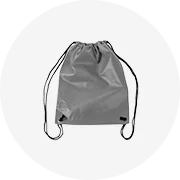
Textile Packaging
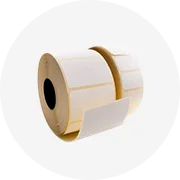
Packaging Auxiliary Materials

Wooden & Bamboo Packaging

Printing Materials
About products and suppliers
920 a4 white tracing paper products are offered for sale by suppliers on Alibaba.com, of which paper & paperboards accounts for 31%, copy paper accounts for 8%.
A wide variety of a4 white tracing paper options are available to you, such as craft, fur and photo frame.You can also choose from wood pulp, mixed pulp a4 white tracing paper,as well as from chemical-mechanical pulp, chemical pulp, and mechanical pulp a4 white tracing paper, and whether a4 white tracing paper is gravure printing, offset printing, or digital printing.

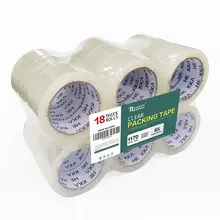

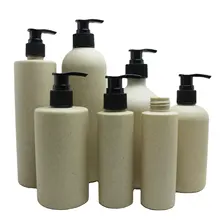

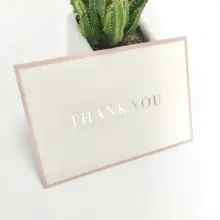
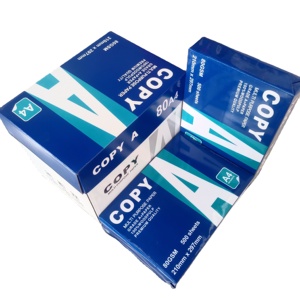




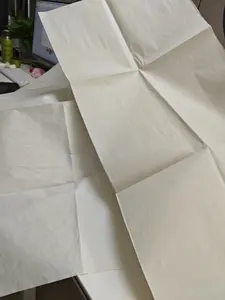












 浙公网安备 33010002000092号
浙公网安备 33010002000092号 浙B2-20120091-4
浙B2-20120091-4